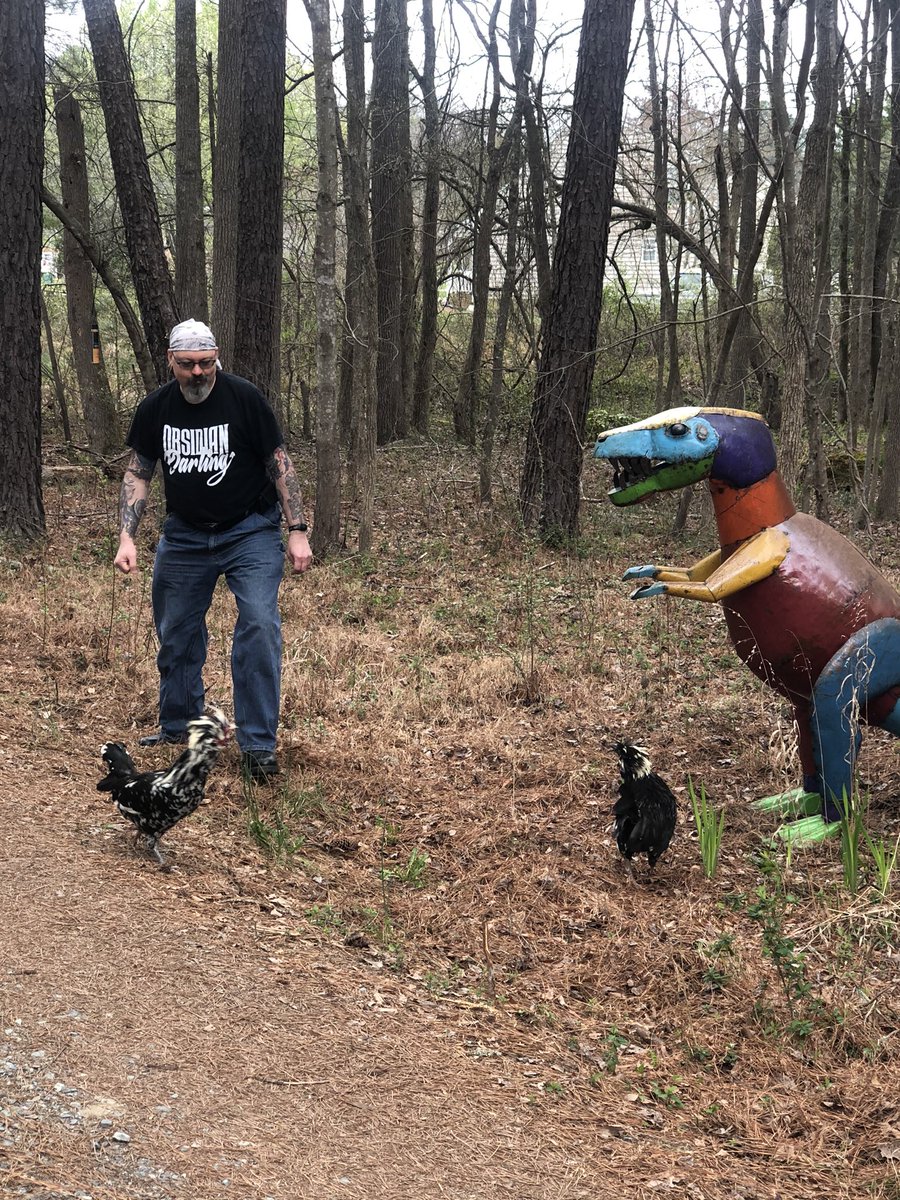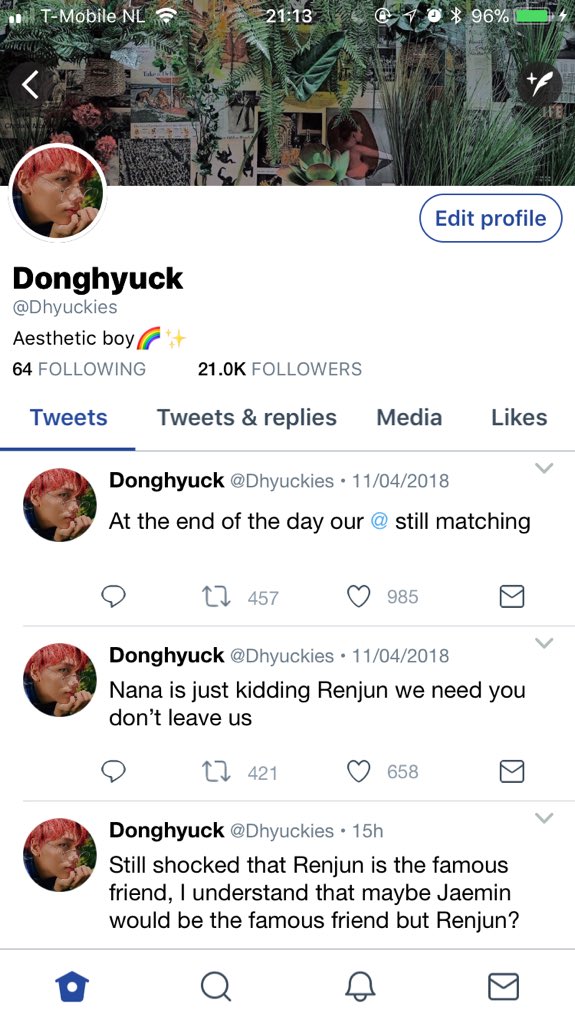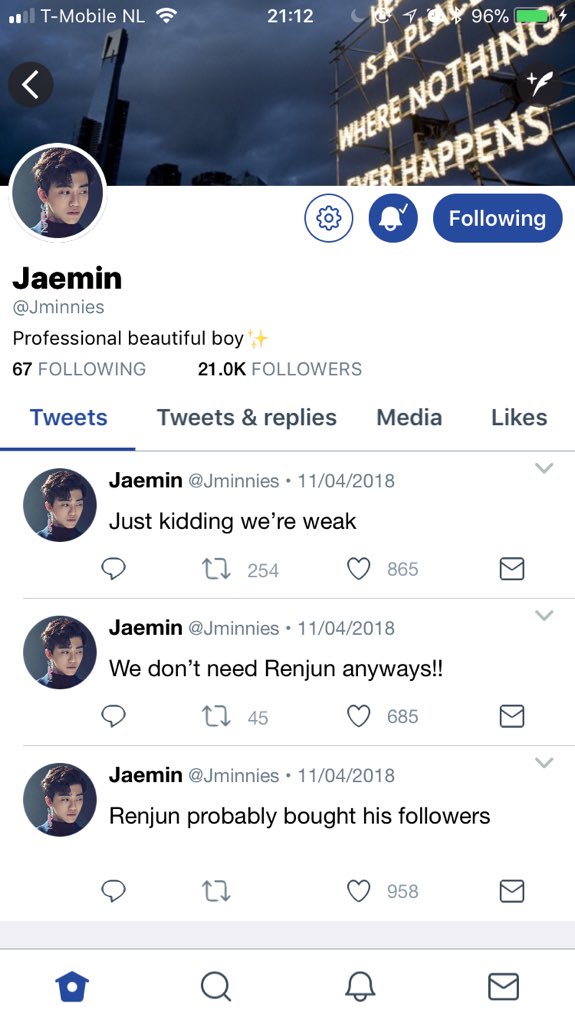Now! Atop this goes my favorite substance...MULCH! Oh, how I love mulch. I like a nice hardwood mulch. Do NOT use cypress, it’s unsustainable.
Now, the seeds you can plant depends on your available light. Think about how sunny your spot is. Full sun? Part sun? Filtered shade?
Now move it down one notch because most gardeners delude themselves about available sun.
Anyway, the point is that you can’t just chuck most vegetables in the ground and walk off and get veggies. These aren’t wild plants.
And you know what? For most people, tomatoes are hard. They gotta have a LOT of sun and they get weird diseases and they suck up gallons of water when it’s hot. But fear not!
Me, I grow cherry and grape tomatoes.
If you want to know what varieties to plant in your area, looking online is best. I don’t have suggestions for every biome!









